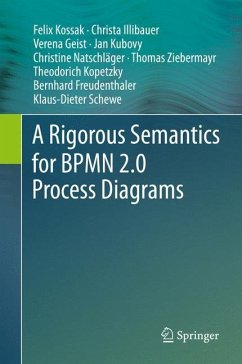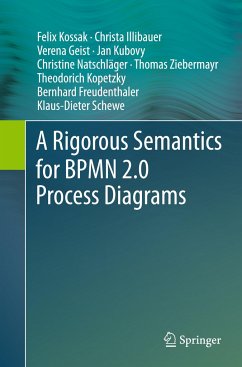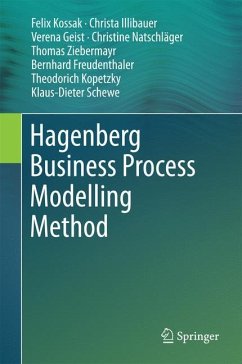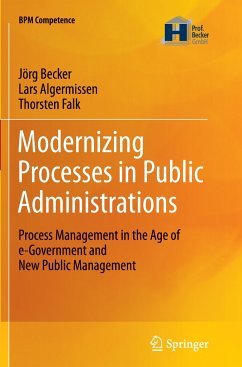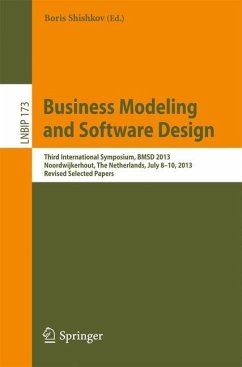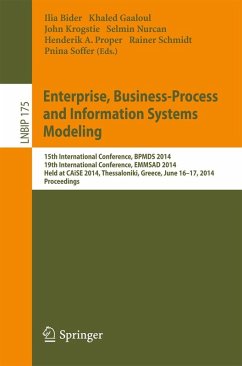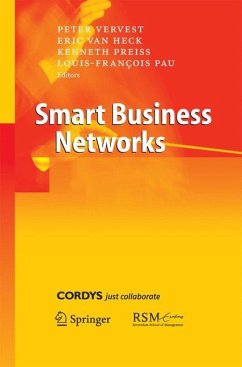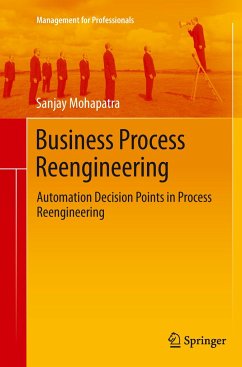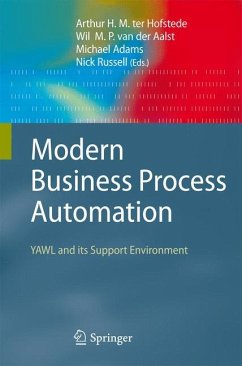
Modern Business Process Automation
YAWL and its Support Environment
Herausgegeben: ter Hofstede, Arthur H. M.; van der Aalst, Wil M. P.; Adams, Michael; Russell, Nick

PAYBACK Punkte
31 °P sammeln!
The ?eld of Business Process Management (BPM) is marred by a seemingly e- less sequence of (proposed) industry standards. Contrary to other ?elds (e.g., civil or electronic engineering), these standards are not the result of a widely supported consolidationofwell-understoodandwell-establishedconceptsandpractices.Inthe BPM domain, it is frequently the case that BPM vendors opportunistically become involved in the creation of proposed standards to exert or maintain their in?uence and interests in the ?eld. Despite the initial fervor associated with such standardi- tion activities, it is no less ...
The ?eld of Business Process Management (BPM) is marred by a seemingly e- less sequence of (proposed) industry standards. Contrary to other ?elds (e.g., civil or electronic engineering), these standards are not the result of a widely supported consolidationofwell-understoodandwell-establishedconceptsandpractices.Inthe BPM domain, it is frequently the case that BPM vendors opportunistically become involved in the creation of proposed standards to exert or maintain their in?uence and interests in the ?eld. Despite the initial fervor associated with such standardi- tion activities, it is no less frequent that vendors either choose to drop their support for standards that they earlier championed on an opportunistic basis or elect only to partially support them in their commercial offerings. Moreover, the results of the standardization processes themselves are a concern. BPM standards tend to deal with complex concepts, yet they are never properly de?ned and all-too-often not informedby established research. The result is a plethoraof languagesand tools, with no consensuson conceptsand their implem- tation. They also fail to provide clear direction in the way in which BPM standards should evolve. One can also observe a dichotomy between the "business" side of BPM and its "technical" side. While it is clear that the application of BPM will fail if not placed in a proper business context, it is equally clear that its application will go nowhere if it remains merely a motivational exercise with schemas of business processes hanging on the wall gathering dust.





